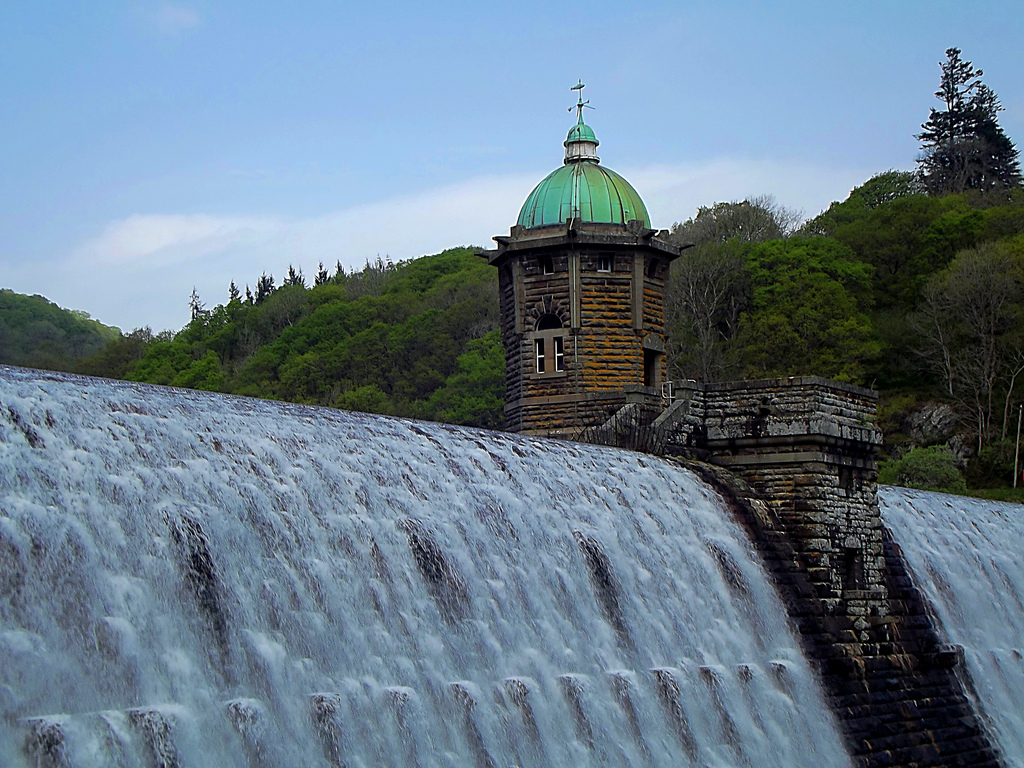The Largest Reservoirs In The U.S.

A reservoir is a large body of water, like a lake, that is either naturally occurring or man-made and is used as a water supply. While reservoirs in the United States don’t even make the top-10 list for largest reservoirs in the world, the largest in the United States is still pretty mighty, with a capacity of 34,850,000 cubic meters of water. Read on to learn about the largest reservoirs in the United States, their purpose, and their history.

Lake Mead is formed by the Hoover Dam and is the largest reservoir in the United States by volume. Constructed in 1936, the dam was named after President Herbert Hoover, but it was dedicated to President Roosevelt. Lake Mead is located on the Colorado River in the states of Nevada and Arizona. When full, the lake is 112 miles long, has 550 miles of shoreline, and is 1,224 feet deep at its greatest depth. The lake, however, has not reached its full capacity since 1983, due to the increasing number of drought seasons in Nevada and Arizona.
Hoover dam was built to create Lake Mead as a method of providing irrigation water, preventing flooding, and creating hydroelectric power. Built during the Great Depression, the dam was one of the greatest engineering accomplishments of the time and to this day continues to attract thousands of tourists each year. It also serves as an active recreation site, particularly for boating.
The second largest reservoir in the United States is Lake Powell, created with the help of the Glen Canyon Dam. Possessing a capacity of 33,330,000 cubic meters of water, the lake provides Utah, Colorado, Wyoming, and New Mexico access to water during drought seasons. Signed off on in 1956 by President Eisenhower, the dam was a costly and difficult project to complete. In order to construct the dam, for example, the Colorado River had to be channeled around the site. Builders worked round the clock, 24 hours a day, and finally completed the dam in 1963.
Lake Powell, while still serving as an active reservoir to assist during drought season, also is a recreational hub. Every year, thousands of tourists flock to the lake to enjoy water skiing, wake boarding, tubing, and jet skiing. Camping is also popular on the lakeshore, and it’s not uncommon to see cliff jumpers.
Containing a capacity for 27,920,000 cubic meters of water, Lake Sakakawea (formed by the Garrison Dam) comes in third place. Garrison Dam was built as part of the plan for the development of the Missouri River Basin. Authorized under the flood control act, construction for the dam began in 1947. The lake is named in honor of Sakakawea, the young Native American woman who accompanied Lewis and Clark on their expedition to find a route to the Pacific Ocean. Lake Sakakawea State Park is said to have been one of the places where Lewis and Clark camped on both the journey west and their trip back home in 1805 and 1806. Many of the sites on which Lewis and Clark camped are now under water. Interestingly, the Garrison Dam National Fish Hatchery is the world’s largest walleye and northern pike fishery. The facility also works to restore endangered species.
Byline
Aside from reservoirs, Frankie Dishman writes on water storage tanks, ecology, green living, conservation and other kindred subjects.
Image credit goes to O3D.
